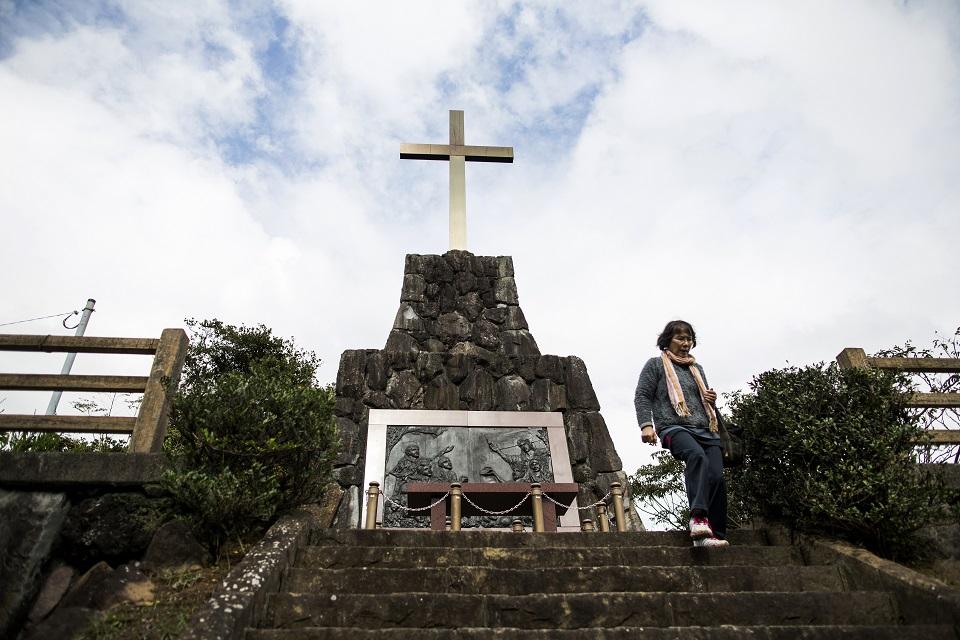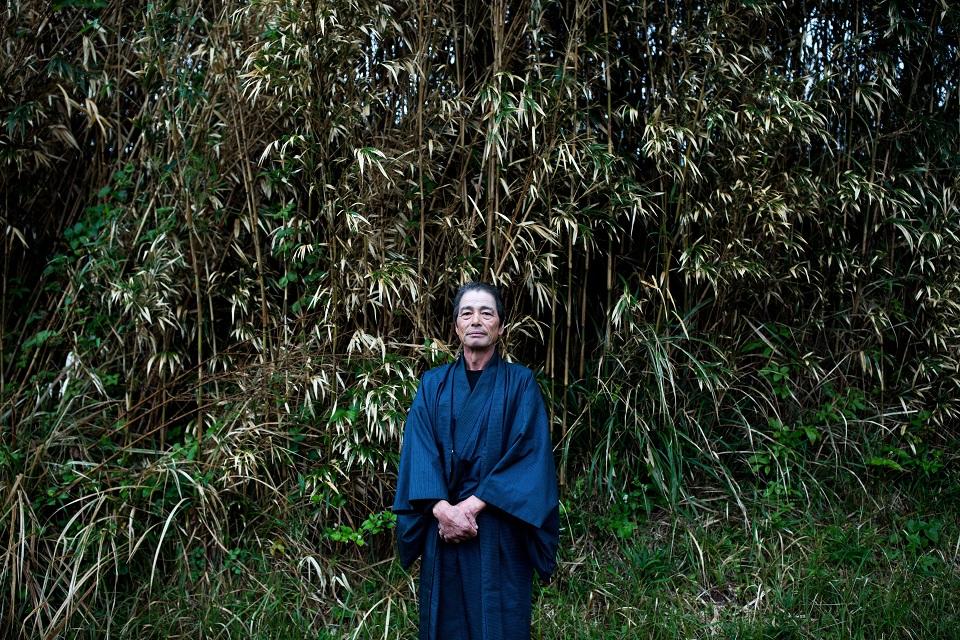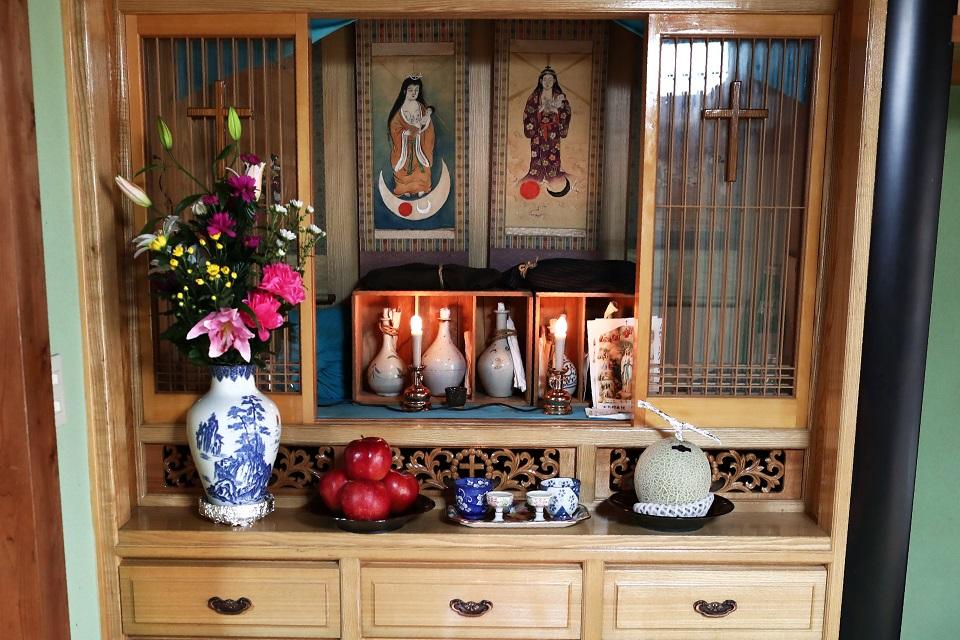The secret world of Japan’s hidden Christians

IKITSUKI, Japan - Japanese rice farmer Masatsugu Tanimoto doesn't think of himself as a Christian, and you'd almost never find him in a church. But every so often, he and others meet to recite prayers drawn from another time and place.
The group, dressed in sober kimonos and sandals, rapidly make the sign of the cross as they sing a mish-mash of Portuguese, Latin and Japanese—evoking the memory of their ancestors, the so-called "hidden Christians," who were brutally persecuted in the 17th century, when Shoguns ruled Japan.
Oscar-winning director Martin Scorsese is bringing their harrowing story to the big screen just before Christmas in his newest movie "Silence," based on the 1966 novel by famed Japanese novelist Shusaku Endo.
"If the film properly recounts the story of my ancestors, I'd gladly go see it," Tanimoto told AFP after singing with several other descendants.
The group, from the town of Ikitsuki, near Nagasaki, meet at a local museum to conduct these rituals.
Despite their Christian roots, the multilingual prayers, known as orasho, are not meant to honor God or any Christian figure, the 60-year-old added.
"We say 'Mary' several times but we're not praying to her. We don't refer to a specific god either, but rather to our ancestors," he added.
The link to modern-day Japan, where Christians make up less than one percent of the population, stretches back more than four centuries.

The first missionary, Jesuit Francis-Xavier arrived in Japan with two companions in 1549 and was followed by Portuguese missionaries who drew tens of thousands more Japanese to the faith. The priests were expelled in the 17th century by military leaders who feared their growing influence.
For Japanese converts, hiding their religion became a matter of life and death for the next 250 years, as Christianity was banned and Japan closed itself off from the outside world.
Some suspects were forced to trample on holy images to prove they were not Christians. Many went into hiding or disguised their faith.
Those who refused to give up Christianity faced being burned to death, crucified, or slowly drowned.
Isolated
Whether it was to camouflage their beliefs or adapt to an environment without priests and bibles, the hidden Christians created a blended faith that left its mark on traditions still honored by their descendants.
The Virgin Mary took the form of Kannon, the buddhist goddess of mercy. Ave Maria became the somewhat similar "Abe Maruya."

"Isolated, they had no choice but to recreate their beliefs as faithfully as possible," said Shigeo Nakazono, an ethnologist at the local Ikitsuki Island Museum.
Fisherman Masaichi Kawasaki's home has four altars in his living room, including one devoted to Buddhism, another for his ancestors—common in rural Japanese homes—and a third for the Shinto faith.
The last one, stuffed with flasks, apples, flowers, a melon, a cross and candles, features a kimono-clad woman with long black hair holding a child—is unmistakeable as an image of the Virgin Mary.
On a table lay tiny white paper crosses like the ones Kawasaki's ancestors would hide in the ears of deceased converts.
"It was only natural that I would learn this practice as it was part of my daily life growing up as a child, a bit like one assimilates a habit into everyday life," the 66-year-old said.
Many descendants, known as Kakure Kirishitan (hidden Christians in Japanese), in the small community about 1,000 kilometers (620 miles) southwest of Tokyo have never joined the church and struggle to identify with Christianity.
Some of earlier underground Christians converted to Catholicism after priests returned in the mid-19th century, when Japan lifted over two centuries of self-imposed isolation.
In 1865, a group of nervous peasants approached a Christian missionary working in Japan. One woman whispered "ours hearts are the same as yours," revealing the previously unknown existence of what turned out to be tens of thousands of the original Christians' ancestors.
'Really sad'
Some think the Catholic church should reach out to help ensure the story doesn't fade into the mists of time.
"It is something that happened here in Japan and is a unique thing in the world," said Father Renzo de Luca, director of Nagasaki's Twenty-six Martyrs Museum and Monument, which commemorates Christians executed on the site in the late 1500s.
But there are just a few hundred known descendants of the hidden Christians left, and many younger people don't show much interest in carrying on traditions to honour the long-dead converts.
"It's really sad," said 64-year-old carpenter Yoshitaka Oishi, his eyes welling up with tears.
"If this doesn't get passed down, it's finished." — AFP




